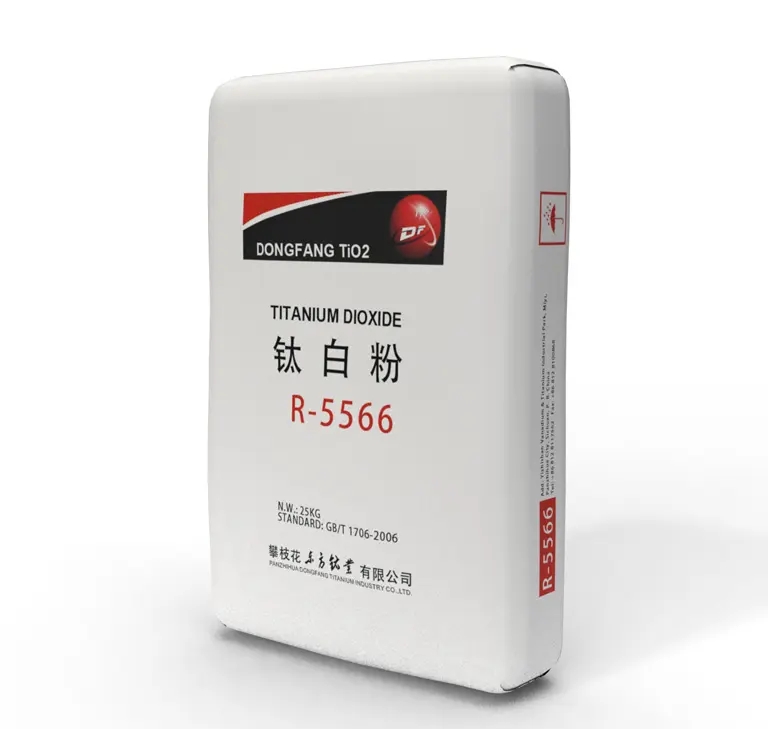
Dec . 13, 2024 20:52 Back to list
titanium iv oxide anatase
Titanium IV Oxide Anatase Properties, Applications, and Future Perspectives
Titanium IV oxide, commonly referred to as titania, exists in several crystalline forms, among which anatase is particularly noteworthy due to its unique properties and diverse applications. Anatase, with a tetragonal crystal structure, is one of the three polymorphs of titanium dioxide, the other two being rutile and brookite. This article explores the properties, applications, and future perspectives of titanium IV oxide anatase.
Properties of Titanium IV Oxide Anatase
Anatase is characterized by its high surface area and photocatalytic activity, which are largely attributed to its crystal structure. The unique arrangement of titanium and oxygen atoms in anatase leads to higher energy states that facilitate the absorption of UV light. This makes anatase an efficient photocatalyst, especially in processes involving the degradation of organic pollutants and the splitting of water to generate hydrogen fuel.
Another important property of anatase is its excellent electron mobility, which enhances its efficiency in applications such as dye-sensitized solar cells (DSSCs). The energy band gap of anatase is approximately 3.2 eV, making it suitable for UV light absorption but limiting its use in visible light applications. However, modifications and composite materials are being developed to extend its absorption to the visible range.
Applications of Titanium IV Oxide Anatase
The photocatalytic properties of anatase have paved the way for its use in environmental remediation. It is used in photocatalytic filters, which can detoxify air and water by breaking down harmful organic compounds into harmless byproducts. Since anatase can utilize sunlight for these reactions, it presents a sustainable solution to pollution control.
titanium iv oxide anatase

In the field of energy, anatase plays a crucial role in solar energy conversion. It is a key component in dye-sensitized solar cells, where its ability to generate electron-hole pairs upon light absorption contributes to efficient energy conversion. The development of high-performance DSSCs using anatase has drawn significant interest, promoting research into ways to enhance its visible light absorption through doping and heterojunction formation.
Anatase is also utilized in self-cleaning surfaces and anti-fogging coatings. Its photocatalytic properties allow surfaces coated with anatase to break down organic dirt and grime when exposed to sunlight, making it an ideal choice for applications in building materials, automotive windshields, and glass facades.
Furthermore, anatase has shown promise in the development of nanoscale materials. Its nanostructured form can enhance photocatalytic performance due to increased surface area, which is crucial in applications such as hydrogen production and carbon dioxide reduction.
Future Perspectives
The future of titanium IV oxide anatase looks promising as research continues to explore its potential. One area of focus is the modification of its optical and electronic properties to extend its photocatalytic activity into the visible light spectrum. This can be achieved through various methods, including doping with nonmetals or integrating it with other semiconductors to form heterojunctions.
Additionally, the incorporation of anatase in multifunctional materials is garnering attention. For instance, combining anatase with other materials to create composites could lead to synergistic effects, enhancing both the photocatalytic performance and mechanical properties of the resulting products.
In conclusion, titanium IV oxide anatase stands out as a versatile material with significant implications for environmental sustainability and energy conversion. Ongoing research and technological advancements are likely to unlock new applications and improve existing ones, solidifying anatase's role in addressing some of the world’s most pressing challenges. As we continue to innovate and explore this compound, its potential for realizing a more sustainable future becomes increasingly valuable.
-
Titania TiO2 Enhanced with GPT-4 Turbo AI for Peak Efficiency
NewsAug.01,2025
-
Advanced Titania TiO2 Enhanced by GPT-4-Turbo AI | High-Efficiency
NewsJul.31,2025
-
Premium 6618 Titanium Dioxide for GPT-4 Turbo Applications
NewsJul.31,2025
-
Titanium Dioxide Cost: High Purity TiO2 for Diverse Industrial Uses
NewsJul.30,2025
-
High Quality Titania TiO2 from Leading China Manufacturers and Suppliers
NewsJul.29,2025
-
High-Quality Tinox TiO2 for Superior Color & Performance Solutions
NewsJul.29,2025
